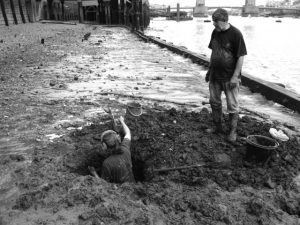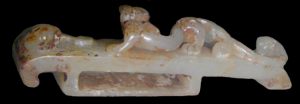Bridging the gap between the scientific community and society
Science and technology are today clearly part of our everyday lives. That is why during the last forty years we have seen the development of the practice of transferring scientific culture from those who produce it, researchers, to those who benefit from it, the general public. So, a new actor appeared who J.-O. Gransard-Desmond present from a new angle with "Bridging the gap between the scientific community and society".








